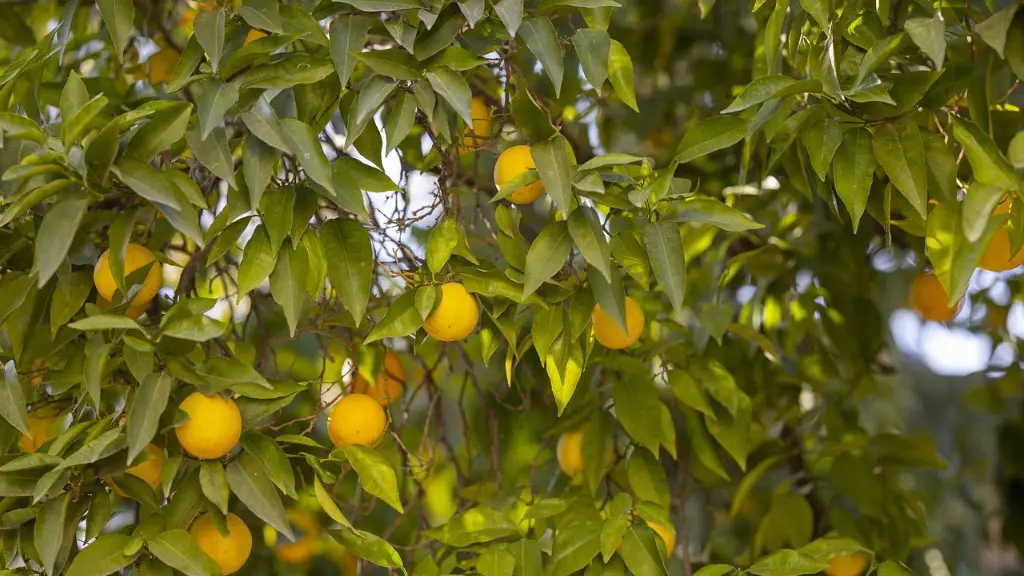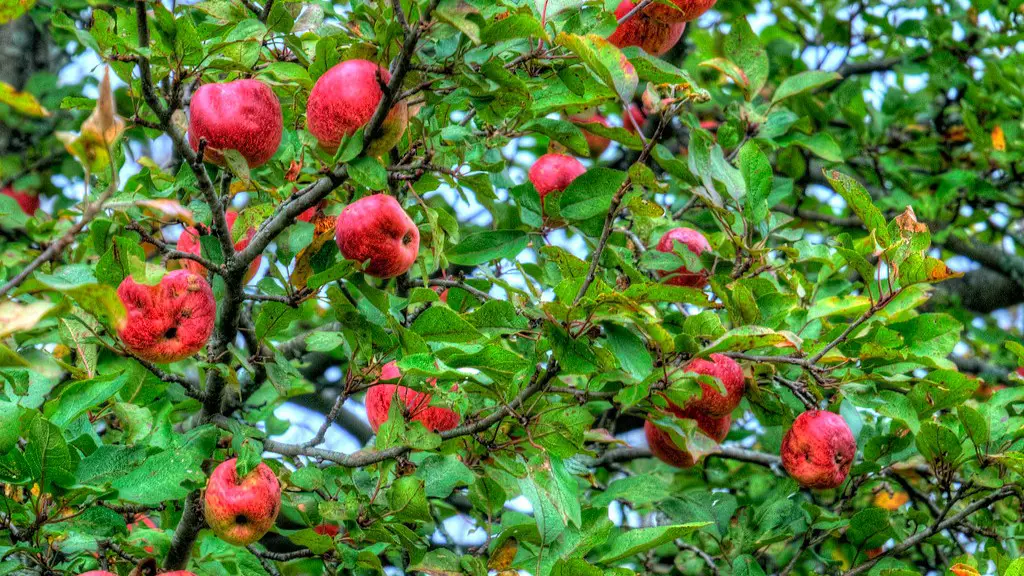Avocado Growing: How to Make an Avocado Tree Bear Fruit
Avocado is a high-value crop, whose demand has grown exponentially over the last decade due to its nutritional value, health benefits and versatility in food preparation. Growing avocados for the home garden is an enjoyable and rewarding experience, but not always an easy one. To successfully grow an avocado tree that will bear fruit takes patience, knowledge, and the right growing conditions.
Location, location, location
The first step to a successful avocado harvest is to select the right location to plant your avocado tree. Avocado trees have high water needs and thrive best in Mediterranean climates with sunny afternoons, mild nights and a distinct wet and dry season. Select a location with well-drained soil and partial shade, as direct sunlight can burn young avocado tree leaves. Areas prone to frost or high winds should also be avoided, as they can cause extensive damage.
Planting and Caring for Avocados
When planting avocados, make sure to dig a hole large enough to accommodate the root ball of your new tree. Use a shovel to mix in compost and organic matter to enrich the soil and give your tree a good start. Water the tree deeply and regularly for the first few months of its life, as inconsistent watering can result in root damage. Prune your tree annually to maintain its shape and improve air circulation.
Fertilizing Your Avocado Tree
Avocado trees require the right nutrients to reach maturity and bear fruit. Fertilize your tree twice per year, in the spring and autumn months. Choose a fertilizer designed specifically for avocado trees and apply it to the soil. Alternatively, you can use a slow-release fertilizer like Osmocote, which should be applied every 3-4 months. Follow the instructions on the packaging carefully, as too much fertilizer can burn the leaves of your tree.
Pollinating Avocado Trees
Avocado trees are self-pollinating and can bear fruit without the help of other trees. However, it is important to note that some varieties of avocado require cross pollination to bear fruit. If you are planting one of these varieties, make sure to include two trees of different varieties in your garden or your neighbors to ensure good fruit set.
Managing Disease and Insects
Avocado trees are vulnerable to a few disease and insect pests, the most common being root rot, scale, mites, and caterpillars. Check your avocado tree on a regular basis and take action as soon as you see signs of disease or pest infestation. Look for mildews on the leaves, discolored areas on leaves or stems, or a build-up of sticky residue on tree branches. If you spot any of these signs, take action and treat your tree appropriately.
Harvesting Avocado Fruit
Once you have successfully managed to get your avocado tree to bear fruit, you will be ready to start harvesting. Start the harvesting process when the fruit turn a dark greenish hue. To harvest, gently twist the fruit off the stem. If you can’t twist the fruit off, you can use a pair of shears to cut the stem. If you harvest the fruit too early, you can leave it to ripen at room temperature. They are ready to eat when they turn black and become slightly shriveled.
Pruning Your Avocado Tree
Pruning an avocado tree is an important part of the avocado growing process. Pruning your avocado tree will increase air circulation and promote strong branch structure. Prune in late winter or early spring, removing any dead, damaged, or diseased branches. Make sure to leave enough foliage on the tree to maintain photosynthesis. Cut at a 45-degree angle, and make sure the blades of your pruners are sharp. Prune all branches back to at least the main branch, but avoid pruning more than 25% of the tree in any one session.
Grafting Your Avocado Tree
Grafting is an ancient propagatio method that has been used for centuries and is still used today by horticulturists to produce desired traits or characteristics in plants and trees. Grafting can be used to produce an earlier bearing avocado tree or to introduce a unique variety to an existing tree. The process involves taking a scion of the desired variety and grafting it onto the rootstock of the existing tree. This process usually takes place in the winter months and can be done at home with the right supplies and knowledge.
Encouraging Your Tree to Bear Fruit
To encourage your avocado tree to start producing fruit, apply a foliar fertilizer with a high nitrogen content twice a year. The fertilizer should be applied in both spring and autumn. Mulching around the base of the tree will also help to encourage strong root growth and reduce the need for frequent watering. To improve fruit set, you can also hand pollinate your tree by using a compact brush or cotton swab to spread the pollen to the flowers.
Preventing Fruit Drop
Fruit drop is a common problem in avocado trees and can occur for a variety of reasons, including lack of water, insect damage, or cold weather. To prevent fruit drop, ensure your tree is getting adequate water during the summer months when the fruit are developing. Keep an eye out for insect pests and take action quickly to reduce their numbers. During the winter months, protect your tree from frost and extreme cold.


